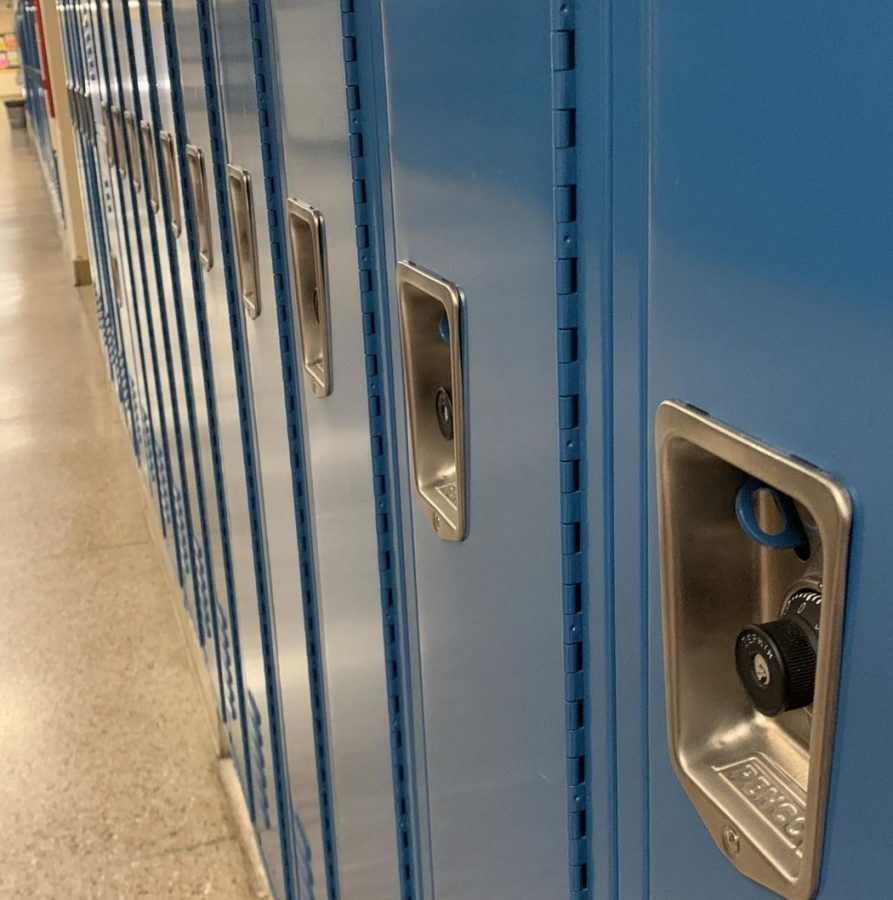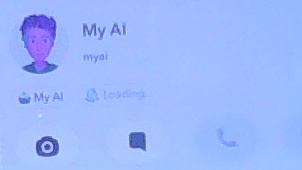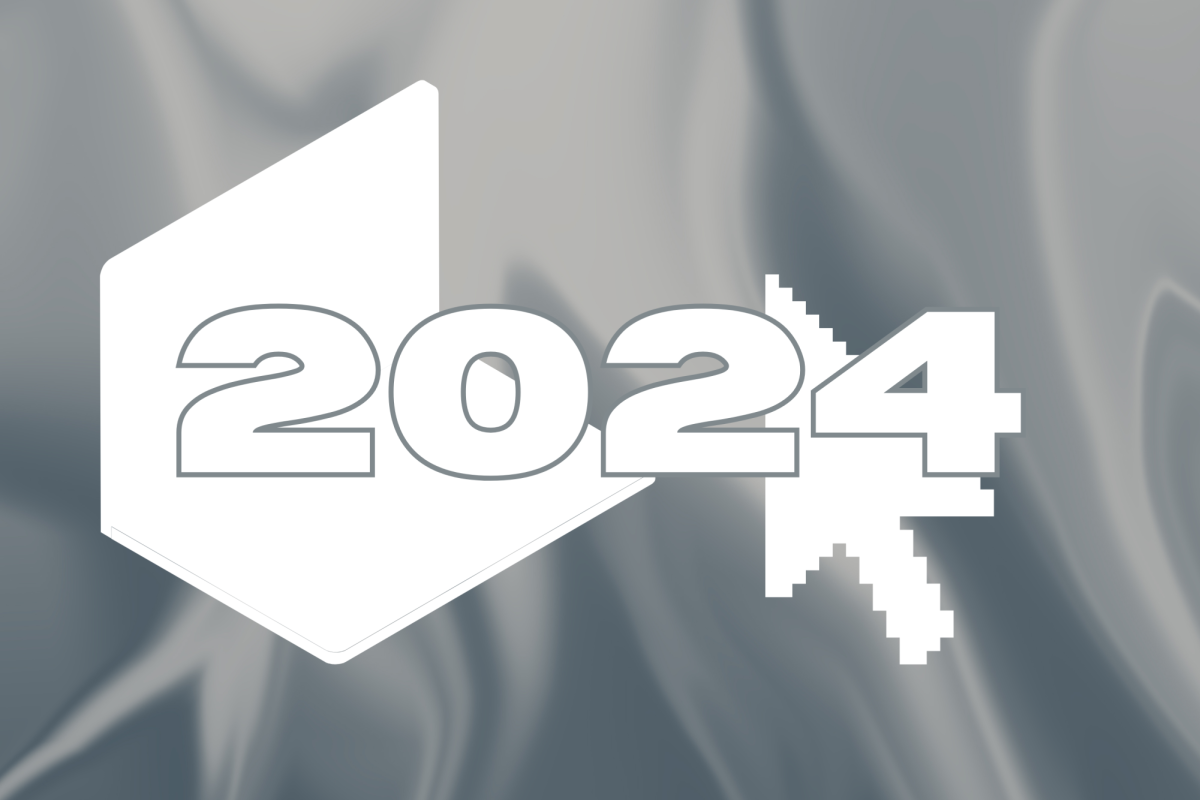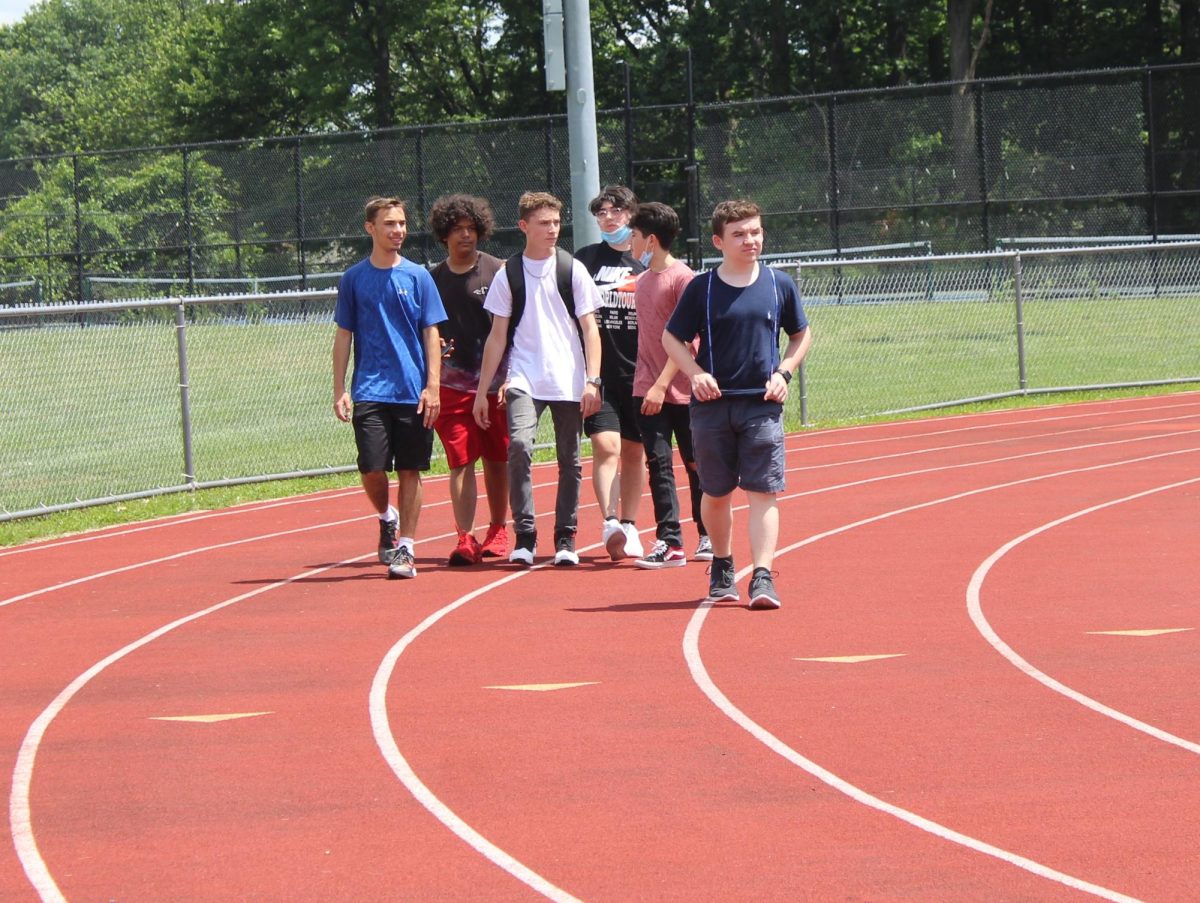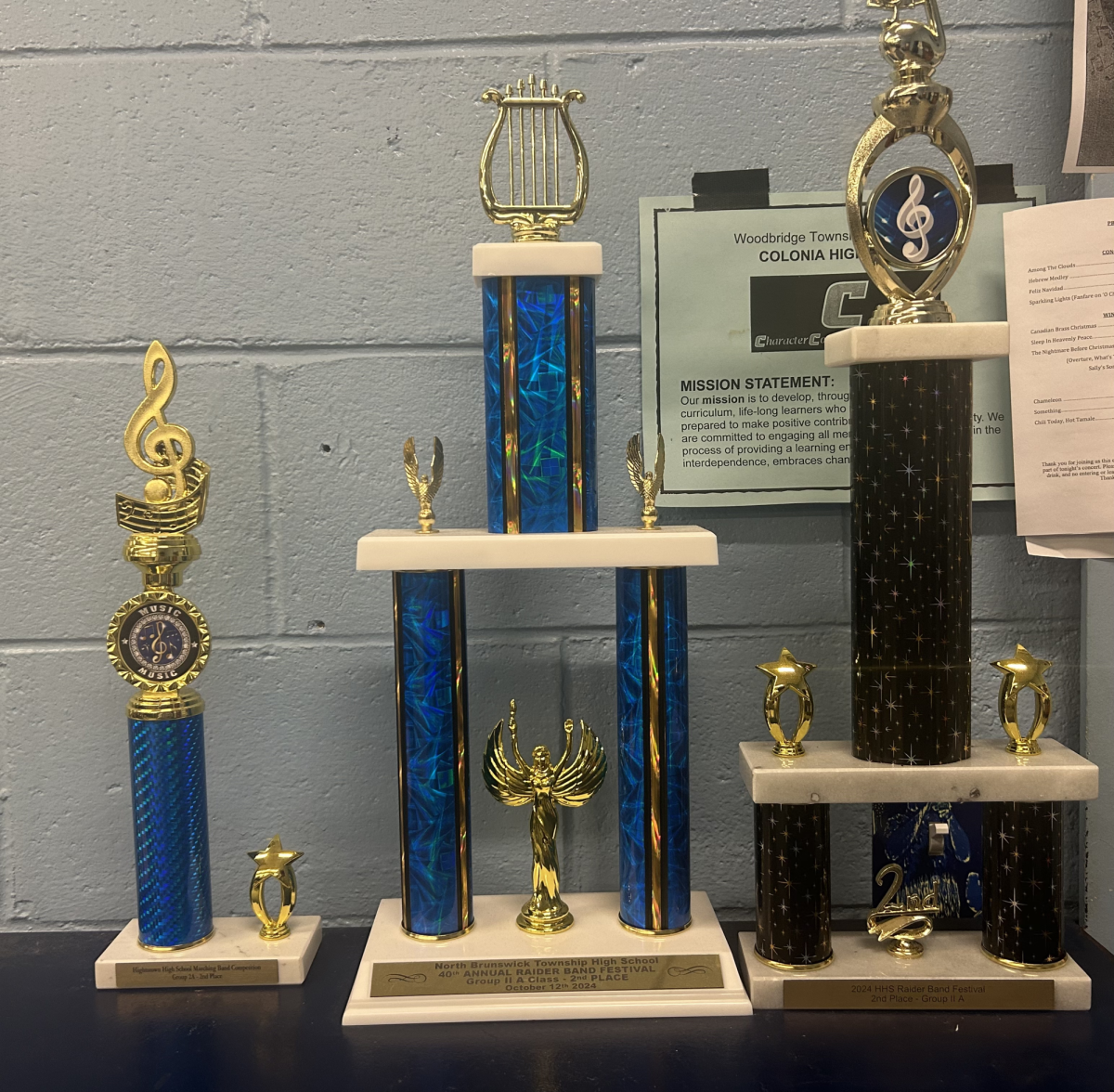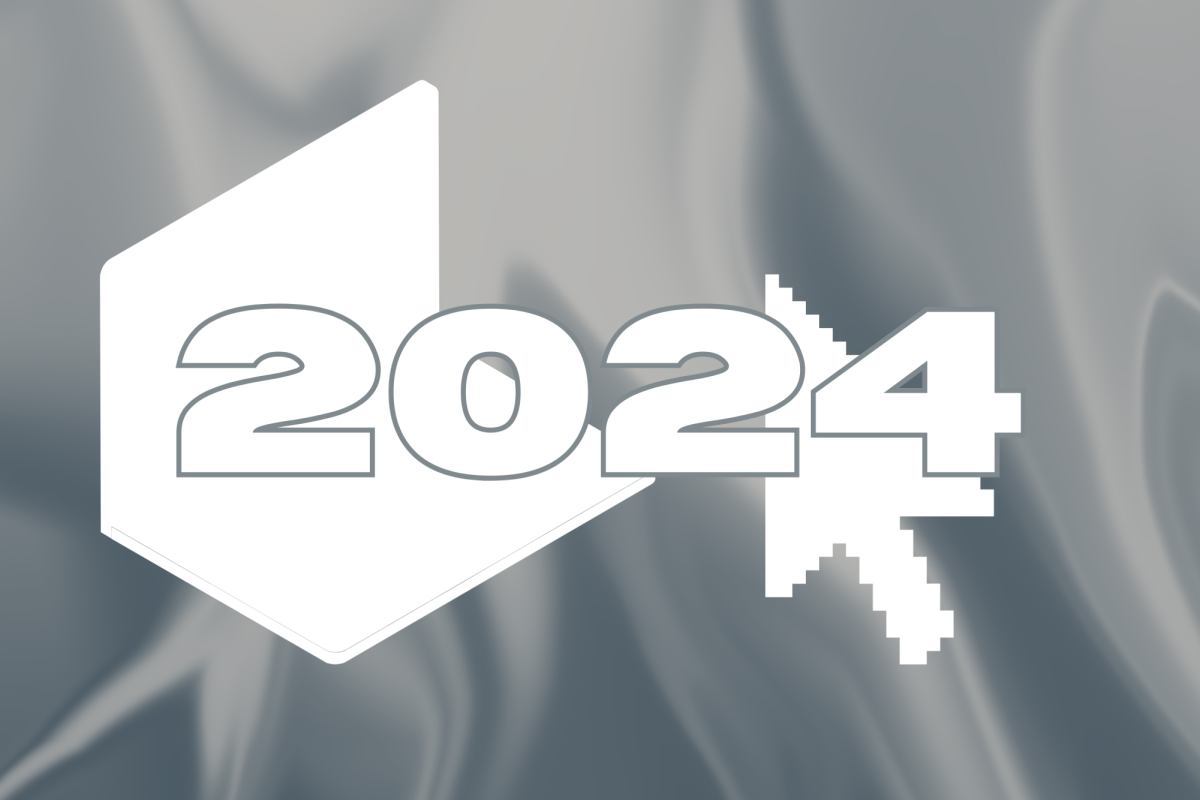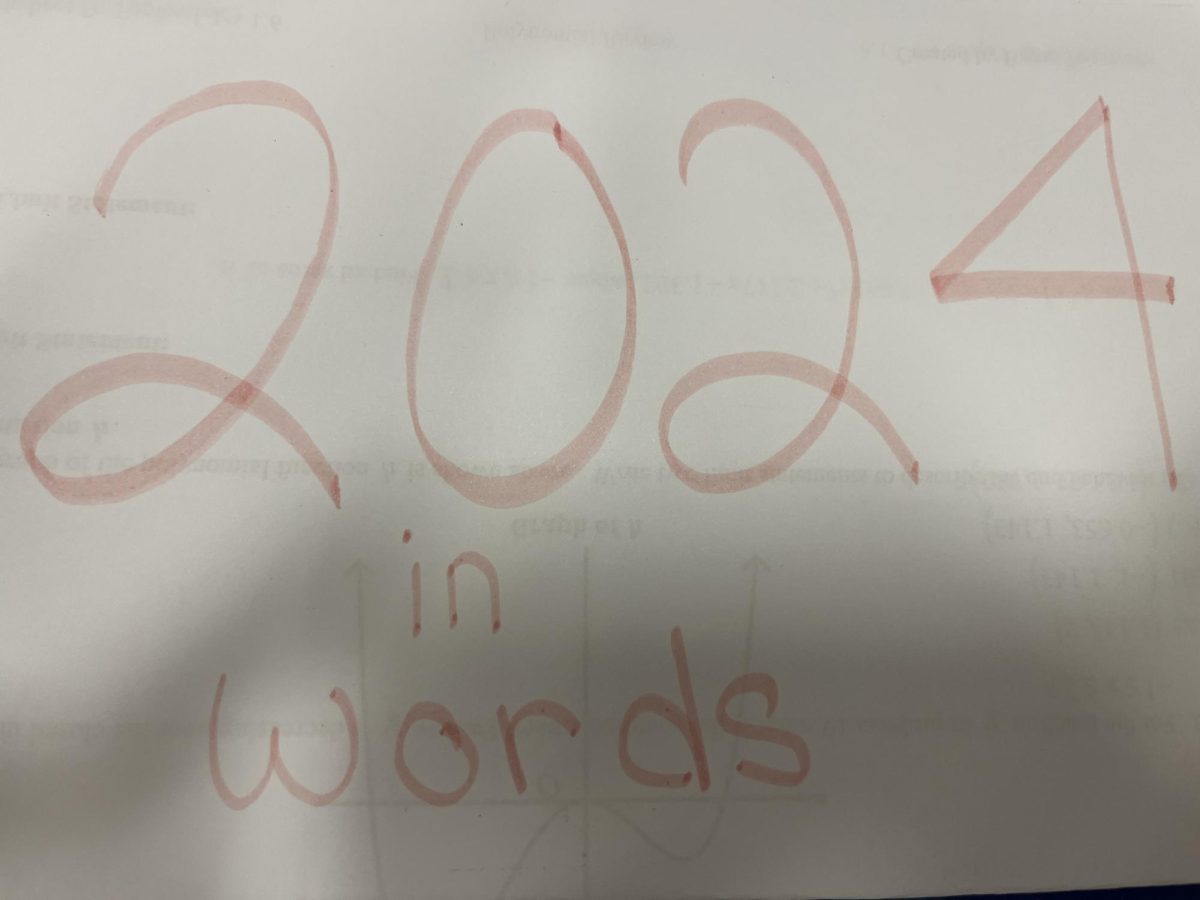The Covid-19 outbreaks has ravaged New York and New Jersey and the impact it’s had on our schools has been one of the worst. But, is there a difference in learning during a pandemic if a student attends a private school or a public school?
Private vs. Public during a pandemic
Private schools verses public schools is always up for debate, however during a pandemic it seems that the private sector has a considerable advantage according to published by the New York Times in May of 2020. The article explains that students in private schools already had the electronics before the pandemic. Whereas, many private schools had to order equipment, disseminate it, and teach both staff and students how to use it. This put many public schools behind.
The article also makes mention of private schools offering yoga classes to students and even a cooking class where parents assist their child as a sous chef. On the other hand, parents of students in many public schools would not be able to assist their child with a cooking class because they have to work even if it is from home.
Poynter stated in an article published in July before schools began to reopen, “Fall reopening plans are just another way the pandemic has widened gaps in education. Private schools were able to offer much more robust online learning last spring, and research suggests that school closures have widened achievement gaps.”
Comparing two high schools
The two schools having light shed on them today are Rahway High in Rahway, New Jersey and Regis High in New York. This gives a good look into how 2 schools on opposite ends of the spectrum and in different states are functioning during COVID-19.
Rahway is currently all virtual during the pandemic, one of the 242 schools in New Jersey to do so. Charles Ndegwa said, “There are 9 periods, and the day starts at 8:11 A.M. and ends at 2:30 P.M. Each period is 45 minutes.” Considering what is happening in the world right now, this feels like a typical day.
Classes themselves seem to be a different story. Ndegwa describes classes as drag and not very engaging and is inferior to a regular school environment. The workload seems to be affected. This is due to people not being physically in school. However, this can still have an effect on learners as an increased workload can be bad if handled poorly. As for issues Ndegwa has, he says that he has a few but prefers not to name them.
Jack Rachinksy attends Regis High School in New York City. Rachinksy explained that his schedule is an 8-day cycle. In this cycle, there are 8 days each with a different schedule. He tells me classes start at 8 A.M. and end at 3 P.M., with either 30 or 45-minute classes depending on the day. When asked about what his classes are like, he said, “They are still intense but shortened by 15 minutes,” referring to how Regis is a competitive school. As for the workload, Rachinksy receives around 2 and a half hours of work a night, which is again due to the difficulty of the Regis workload. He has no complaints.
Advantages of private school during a pandemic
Many private schools provide their students with needed supplies or parents can afford to provide those needed materials. Conversely, public schools have limited funding and can barely provide a computer for every student and teacher. The parents of these students do not always have the means to get their children dry erase boards, instruments, and other equipment. As stated in the New York Times, “The school [Chicago Jewish Day School] has sent home books, dry-erase boards, markers and other needed supplies. Parents have provided the rest: internet access, iPads, and quiet study nooks in well-appointed homes filled with pianos, books and tasteful wooden play kitchens.”
With less students enrolled in a private school, social distancing guidelines for in-person instruction and hybrid schedules are easier to maintain.
Disadvantages of private school during a pandemic
As stated above, Rachinksy has two hours of homework after virtual class ends which adds to more screen time.
Many private schools have a uniform that students must still wear even during virtual classes. During attendance, teachers are known to ask students to stand to ensure that these pupils are not wearing the uniform top and sweat pants on the bottom.
With the unemployment rate surging, many private schools are seeing a decrease in enrollment due to the tuition being around $20,000 per year and parents of these students losing their jobs.



